In order to generate a more inclusive dataset of Pseudomonas genes mapped to putative in-paralogs and putative orthologs in other Pseudomonas species/strains, we developed a Pseudomonas Orthologous Groups classification system.
To generate ortholog groups, pair-wise DIAMOND searches were run on all genomes in the database to find reciprocal best hits (RBHs) for each gene. These analyses often resulted in multiple candidate genes for RBH status, which were narrowed down by examining the similarity between the query's flanking genes and the hit's flanking genes. If two candidate genes were directly adjacent, they where both accepted as RBHs that involve putative in-parology.
Pairwise intra-genome DIAMOND searches were also performed to acquire in-paralog information (i.e. gene duplications occurring after species divergence). If two genes in one genome were reciprocally more similar to each other than to any gene in the other genomes, the two genes were designated putative in-paralogs. Ortholog groups are built by starting with a seed gene and then adding all genes to which there is a RBH or in-paralog relationship.
Every new gene added to an ortholog group was then treated as a seed gene and the addition process was repeated until all qualifying genes had been added. The result was the development of orthologous groups, specifically generated for Pseudomonas species genomes, which can be used to sort search results.
Pseudomonas Ortholog Group POG000087
| Strain | Locus Tag | Description | Same-Strain Members | Fragment ? | |
|---|---|---|---|---|---|
| Pseudomonas tuomuerensis JCM 14085 | PT85_RS12215 |
type VI secretion protein
|
1 member |
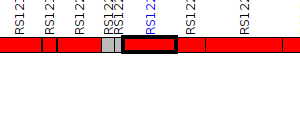
|
|
| Pseudomonas umsongensis 20MFCvi1.1 | D470_RS0113755 |
type VI secretion system protein ImpG
|
3 same-strain members: D470_RS0113755 D470_RS0113905 D470_RS0126090 |

|
|
| Pseudomonas umsongensis 20MFCvi1.1 | D470_RS0113905 |
type VI secretion protein
|
3 same-strain members: D470_RS0113755 D470_RS0113905 D470_RS0126090 |

|
|
| Pseudomonas umsongensis 20MFCvi1.1 | D470_RS0126090 |
type VI secretion system protein ImpG
|
3 same-strain members: D470_RS0113755 D470_RS0113905 D470_RS0126090 |

|
|
| Pseudomonas umsongensis UNC430CL58Col | N519_RS0105175 |
type VI secretion protein
|
3 same-strain members: N519_RS0105175 N519_RS0105350 N519_RS0120460 |
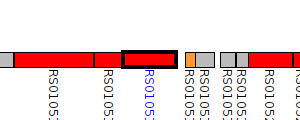
|
|
| Pseudomonas umsongensis UNC430CL58Col | N519_RS0105350 |
type VI secretion system protein ImpG
|
3 same-strain members: N519_RS0105175 N519_RS0105350 N519_RS0120460 |
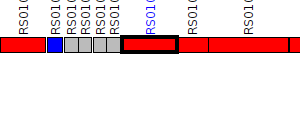
|
|
| Pseudomonas umsongensis UNC430CL58Col | N519_RS0120460 |
type VI secretion system protein ImpG
|
3 same-strain members: N519_RS0105175 N519_RS0105350 N519_RS0120460 |
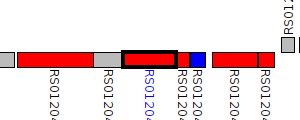
|
|
| Pseudomonas veronii 1YdBTEX2 | H736_RS0118990 |
type VI secretion protein
|
2 same-strain members: H736_RS0118990 H736_RS0130265 |
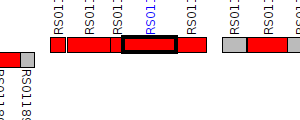
|
|
| Pseudomonas veronii 1YdBTEX2 | H736_RS0130265 |
type VI secretion system protein ImpG
|
2 same-strain members: H736_RS0118990 H736_RS0130265 |
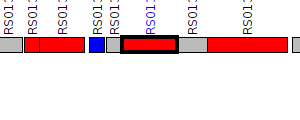
|
|
| Pseudomonas veronii R4 | SU91_RS01250 |
type VI secretion system protein ImpG
|
2 same-strain members: SU91_RS01250 SU91_RS16325 |
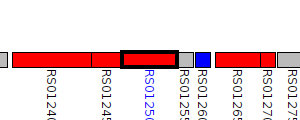
|
|
| Pseudomonas veronii R4 | SU91_RS16325 |
hypothetical protein
|
2 same-strain members: SU91_RS01250 SU91_RS16325 |
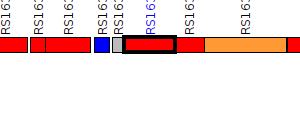
|
|
| Pseudomonas viridiflava LMCA8 | RT94_RS06370 |
type VI secretion protein
|
2 same-strain members: RT94_RS06370 RT94_RS06460 |
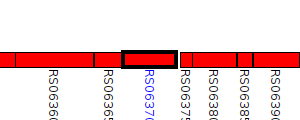
|
|
| Pseudomonas viridiflava LMCA8 | RT94_RS06460 |
type VI secretion system protein ImpG
|
2 same-strain members: RT94_RS06370 RT94_RS06460 |

|
|
| Pseudomonas vranovensis DSM 16006 | H621_RS0103745 |
type VI secretion protein
|
2 same-strain members: H621_RS0103745 H621_RS0118125 |
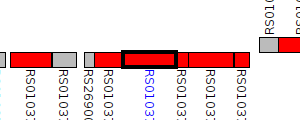
|
|
| Pseudomonas vranovensis DSM 16006 | H621_RS0118125 |
type VI secretion protein
|
2 same-strain members: H621_RS0103745 H621_RS0118125 |
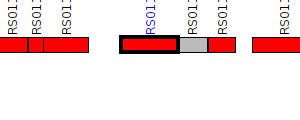
|
|
| Pseudomonas weihenstephanensis DSM 29166 | TU86_RS17175 |
type VI secretion protein
|
2 same-strain members: TU86_RS17175 TU86_RS19210 |
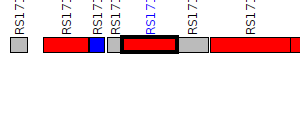
|
|
| Pseudomonas weihenstephanensis DSM 29166 | TU86_RS19210 |
type VI secretion protein
|
2 same-strain members: TU86_RS17175 TU86_RS19210 |

|